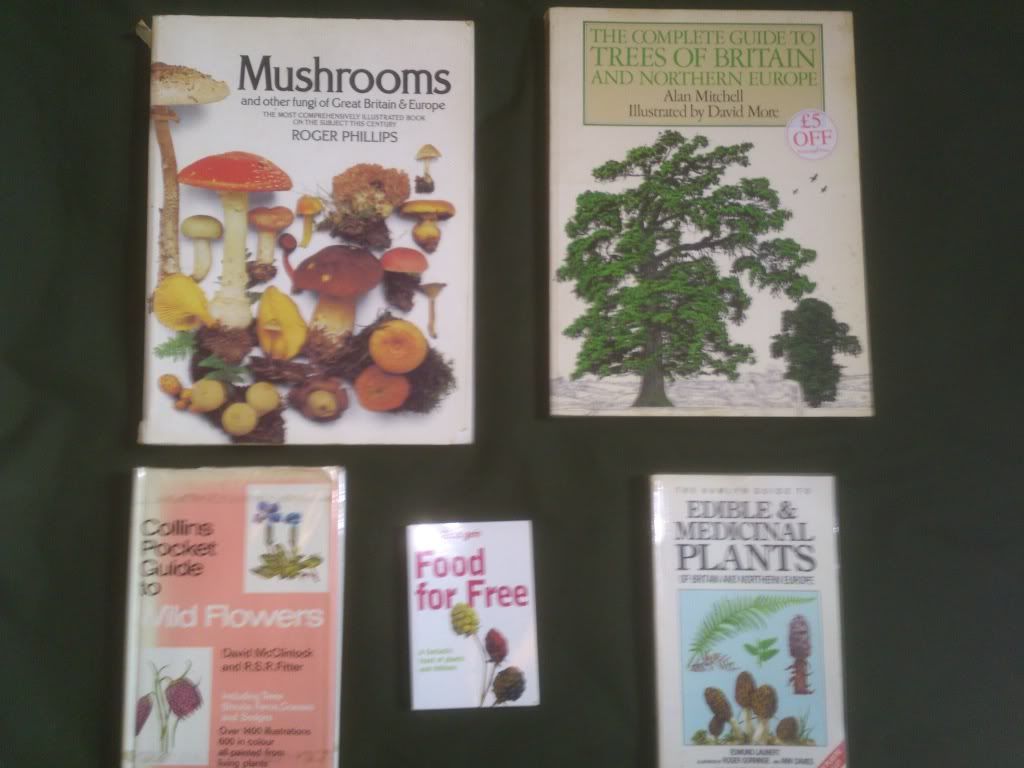One of my goals this year is to improve my knowledge of edible plants and with spring (allegedly  ) around the corner I thought now is a good time to start.
) around the corner I thought now is a good time to start.
So I'm looking for some advice on the best 'technique', I mean do I just go for a walk with a field guide and try and ID everything? Or is it better to go out with the idea of finding a particular plant? Or should I take samples and ID at home?
And does anyone take notes/sketches to try and remember the key identifying features etc?
Anyway I've picked up a few guides over the years which seem to cover most bases (must get one for coastlines), but I'm curious to know if there's any really good ones I'm missing.

All help appreciated
So I'm looking for some advice on the best 'technique', I mean do I just go for a walk with a field guide and try and ID everything? Or is it better to go out with the idea of finding a particular plant? Or should I take samples and ID at home?
And does anyone take notes/sketches to try and remember the key identifying features etc?
Anyway I've picked up a few guides over the years which seem to cover most bases (must get one for coastlines), but I'm curious to know if there's any really good ones I'm missing.

All help appreciated
Last edited:
